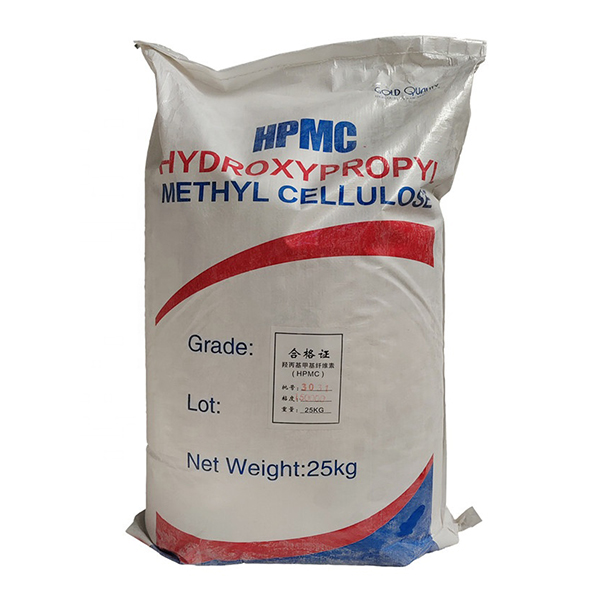Cellulose Polymer The Backbone of Sustainable Materials
Cellulose is a naturally occurring polymer made up of glucose units linked together by β(1→4) glycosidic bonds. It is the most abundant organic polymer on Earth and serves as a crucial structural component in the cell walls of plants, providing rigidity and strength. As a cellulose polymer, it plays a pivotal role in various industries, including textiles, paper, food, and pharmaceuticals, while also holding promise for sustainable development.
The essence of cellulose lies in its unique properties. It is biodegradable, non-toxic, and renewable, making it an ideal candidate for environmentally friendly materials. Unlike synthetic polymers, which can persist in the environment for hundreds of years, cellulose polymers can break down through natural processes, returning to the ecosystem without leaving harmful residues. This characteristic is particularly valuable in a time when pollution and plastic waste are significant global concerns.
Cellulose Polymer The Backbone of Sustainable Materials
The paper industry also benefits from cellulose polymers. Traditional paper is primarily made from wood pulp, which consists of cellulose fibers. Innovations in papermaking technology focus on enhancing the sustainability of paper products, including the recycling of cellulose fibers and the use of agricultural waste as raw materials. This not only reduces deforestation but also contributes to a circular economy, where resources are reused and recycled efficiently.
'cellulose polymer'

In the food industry, cellulose polymers serve various functional roles. Microcrystalline cellulose, for instance, is commonly used as a bulking agent, stabilizer, or thickener in processed foods. It enhances the texture and consistency of products while adding minimal calories. Moreover, cellulose fibers can promote digestive health by acting as dietary fiber, aiding in regularity and contributing to a balanced diet.
Cellulose polymers have also found applications in the pharmaceutical sector. They are used as excipients in drug formulations, allowing for controlled drug release and improved bioavailability. Furthermore, cellulose derivatives, such as hydroxypropyl methylcellulose (HPMC), act as thickening agents and film-formers in various pharmaceutical products.
The versatility of cellulose polymers makes them indispensable in developing sustainable materials. As society increasingly prioritizes environmental responsibility, research continues to explore innovative methods to enhance the properties and applications of cellulose. From bioplastics to advanced composites, the potential of cellulose polymers is vast.
In conclusion, cellulose polymers stand at the forefront of the transition toward a more sustainable future. Their natural origins, biodegradability, and multifunctional applications position them as a viable alternative to traditional synthetic materials. By embracing cellulose-based solutions, industries can significantly reduce their environmental impact while continuing to meet consumer demands. As innovation in cellulose technology progresses, we can anticipate a future where sustainable materials become the norm, paving the way for a greener planet.
-
A Comprehensive Guide to Methyl Ethyl Hydroxyethyl Cellulose: Applications and Industry InsightsNewsNov.24,2025
-
Understanding Methyl 2 Hydroxyethyl Cellulose: Uses, Benefits & Industry InsightsNewsNov.24,2025
-
Hydroxyethyl Methyl Cellulose HEMC: Industrial Uses, Benefits & Future TrendsNewsNov.23,2025
-
HEMC Cellulose: Versatile & Sustainable Industrial Polymer | YoungcelNewsNov.23,2025
-
Methyl Hydroxyethyl Cellulose: Versatile Building Block for Industry & SustainabilityNewsNov.23,2025
-
CAS 9032 42 2: Understanding Polyvinyl Alcohol's Impact on Industry & SustainabilityNewsNov.22,2025




